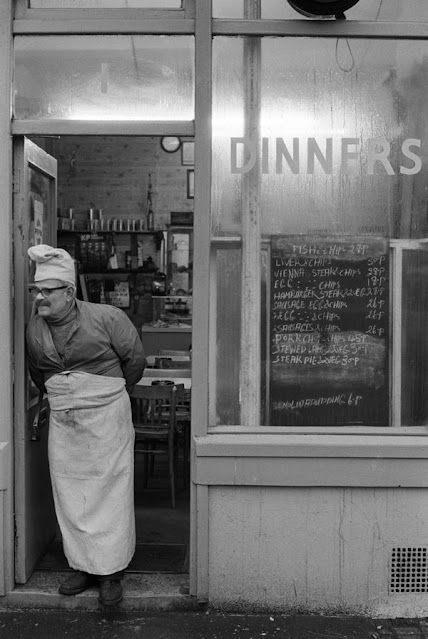Respite traces from the Latin term respectus (also the source of English's respect, which comes from respicere, a verb with both concrete and abstract meanings: "to turn around to look at" or "to regard." Within a few decades of its earliest known use, English speakers had granted respite the sense we use most often today—"a welcome break."
MY WRITERS SITE
There are something like 2 trillion galaxies.....
There are something like 2 trillion galaxies or in other words, two trillion 2000 billion galaxies and each Galaxy is around the size of Milky Way.
Good words to have
Clandestine comes to English by way of Middle French, from the Latin word clandestinus, which is itself from the Latin adverb clam, meaning "secretly." Note that this clam is not the ancestor of the English word clam, despite how tightly sealed and thus secretive the bivalves may seem.
On the Wing by Christina Rossetti
Once in a dream (for once I dreamed of you)
We stood together
in an open field;
Above our heads
two swift-winged pigeons wheeled,
Sporting at east and courting full in view:—
When loftier still a broadening darkness flew,
Down-swooping, and
a ravenous hawk revealed;
Too weak to fight,
too fond to fly, they yield;
So farewell life and love and pleasures new.
Then as their plumes fell fluttering to the ground,
Their snow-white
plumage flecked with crimson drops,
I wept, and
thought I turned towards you to weep:
But you were gone;
while rustling hedgerow tops
Bent in a wind which bore to me a sound
Of far-off
piteous bleat of lambs and sheep.
Supersede
Supersede ultimately comes from the Latin verb supersedēre, meaning "to sit on top of" (sedēre means "to sit"), "to be superior to," or "to refrain from," but it came to English through Scots Middle English, where it was rendered superceden and used synonymously with defer.
Good words to have
Amiable (AY-mee-uh-buhl) Pleasant; friendly. From Latin amicus (friend), which also gave us amity, amicus curiae, amigo, inimical, and enemy.
The well taught philosophic mind
The
well taught philosophic mind
To
all compassion gives;
Casts round the world an equal eye,
/
And feels for all that lives.
-Anna Laetitia
Barbauld, poet, essayist, and editor (June 20, 1743-1825)
.jpg)








.jpg)














.jpg)

.jpg)


.jpg)



.jpg)

.jpg)



.jpg)








.jpg)

